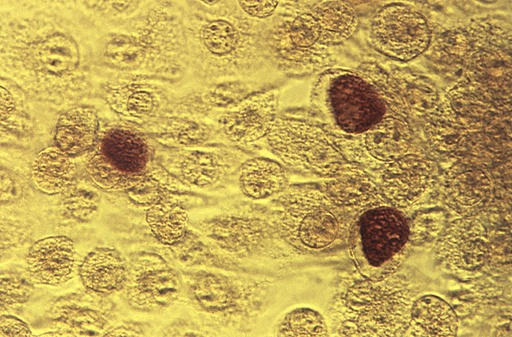
NEW YORK — Recent federal statistics reveal a notable reduction in the U.S. syphilis epidemic, alongside declines in gonorrhea cases and stable chlamydia numbers, all below pre-pandemic figures. These findings were made public on Tuesday, marking a positive turn after years of rising sexually transmitted disease (STD) rates attributed to lower condom use, insufficient sexual education, and decreased testing and treatment during the COVID-19 pandemic.
In the past year, the most contagious stages of syphilis saw a significant 10% drop from the previous year, representing the first substantial decrease in over two decades. Gonorrhea cases also fell by 7%, continuing a downward trend for the second consecutive year, bringing this figure below that of 2019. Dr. Jonathan Mermin from the CDC expressed cautious optimism, noting, “I’m encouraged, and it’s been a long time since I felt that way” regarding the current state of STIs in the nation.
Over 2.4 million cases of syphilis, gonorrhea, and chlamydia were documented last year, which includes 1.6 million cases of chlamydia, around 600,000 gonorrhea cases, and over 209,000 syphilis diagnoses. Syphilis poses a significant concern; it was once a prevalent and dreaded disease that could result in severe physical deformities and death. The introduction of antibiotics in the 1940s led to a substantial decline in new infections until 2002, when cases began to rise again, particularly among men who have sex with men.
The newly released report highlights a 13% decrease in early-stage syphilis cases among gay and bisexual men, marking the first decline in this demographic since the mid-2000s. However, there is a concerning 12% increase in cases of unknown or later-stage syphilis, which indicates long-standing infections. Additionally, congenital syphilis cases—transmitted from infected mothers to newborns—also increased, with nearly 4,000 cases reported, including 279 stillbirths and infant deaths. Dr. Jeffrey Klausner from the University of Southern California emphasized that this finding suggests pregnant women are not receiving sufficient testing.
Experts suggest several reasons for the improvement in STD trends. One significant factor is the increasing use of the antibiotic doxycycline as a post-exposure prophylactic measure. Research indicates that taking doxycycline within 72 hours of unprotected sex can significantly lower the risk of acquiring syphilis, gonorrhea, and chlamydia. Following this evidence, the CDC in June recommended doxycycline for gay and bisexual men and transgender women who had recent STD diagnoses, although some cities had already been prescribing it prior.
There’s speculation that the mpox outbreak in 2022, which affected primarily gay and bisexual men, may have influenced sexual behaviors in 2023 and increased awareness regarding testing when unusual symptoms arise. Moreover, heightened efforts in public health, encompassing more healthcare workers dedicated to testing and contact tracing, have played a role. Funding from Congress amounting to $1.2 billion over five years aimed at expanding the STD workforce included $600 million specifically targeting states, cities, and territories receiving STD prevention funding from the CDC.
Despite these advancements, funding cuts—amounting to $400 million—were instituted as part of last year’s debt ceiling agreement, which led to job losses among health workers, as indicated by a representative from the National Coalition of STD Directors. Nevertheless, Executive Director David Harvey remains hopeful due, in part, to the expanding use of doxycycline and a growing interest in at-home STD testing kits.
Looking ahead, there is potential for increased STD prevention initiatives under future presidential administrations. While efforts initiated by then-President Donald Trump aimed at drastically reducing new HIV infections by 2030 may have broader implications, experts note that enhancing federal funding for HIV could also assist in curbing other sexually transmitted infections. “When the government puts in resources, puts in money, we see declines in STDs,” remarked Dr. Klausner.
